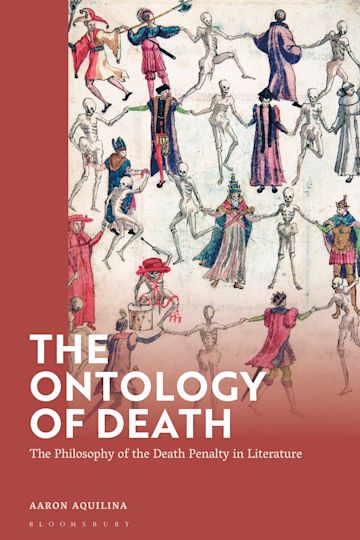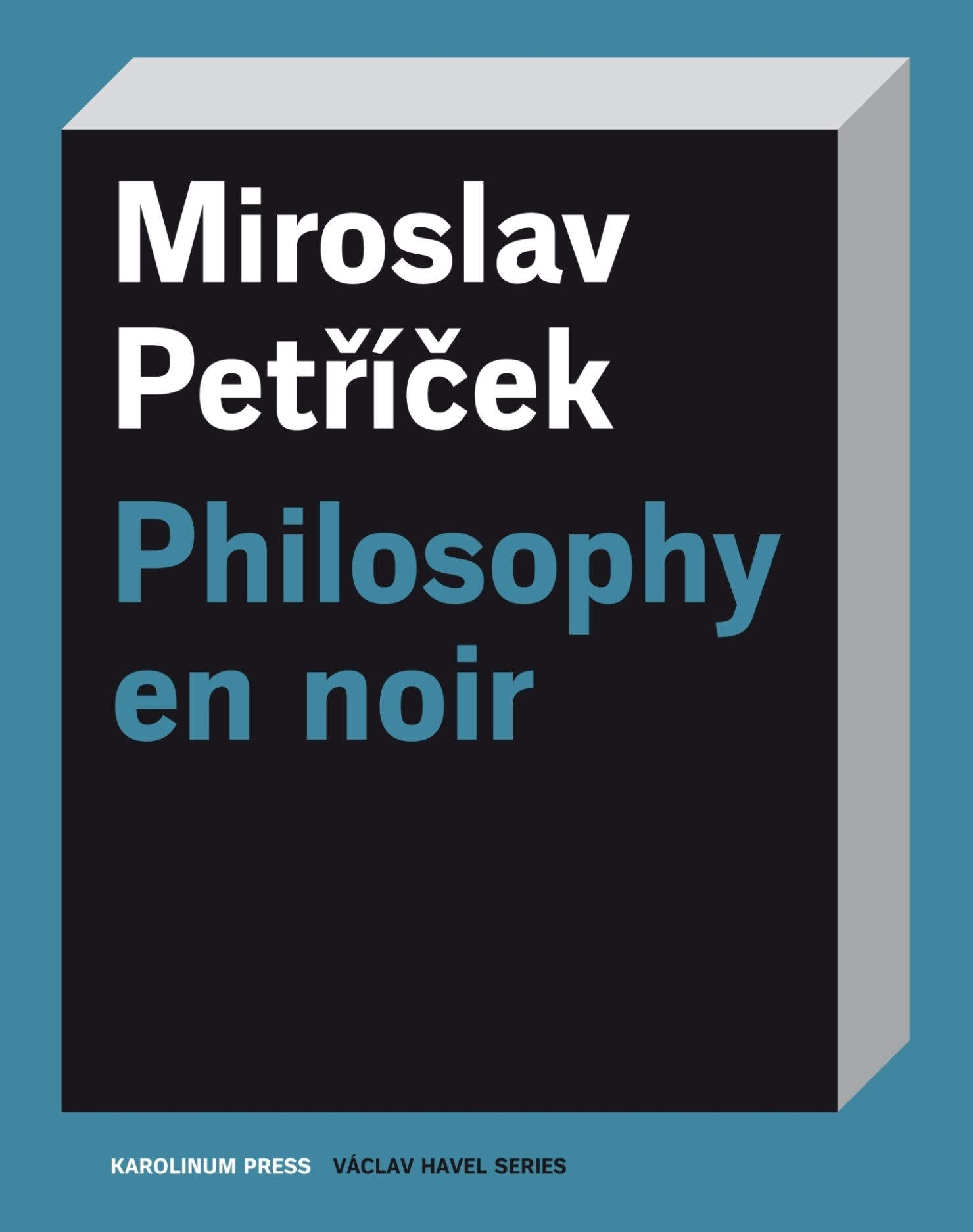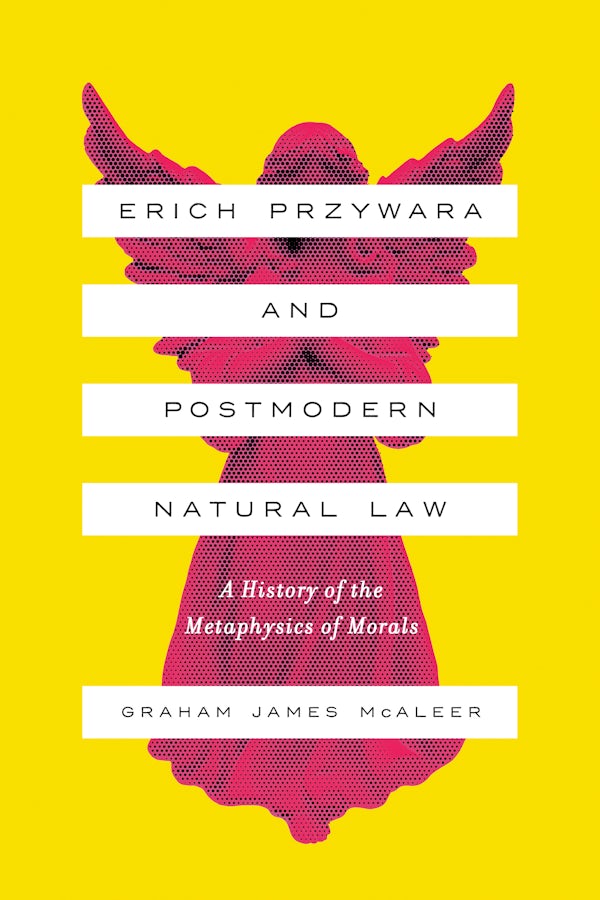 The Ontology of Death: The Philosophy of the Death Penalty in Literature
The Ontology of Death: The Philosophy of the Death Penalty in Literature
Bloomsbury Academic
2023
Hardback $103.50
240
Reviewed by: Susi Ferrarello (California State University, East Bay)
In this eloquently written book, a meaningful dialogue emerges between literature and philosophy, exploring the theoretical complexities and practical implications of the death penalty.
The book is composed of five chapters, an introduction and a conclusion which examine the death penalty as “the ultimate expression of sovereignty” (3). Each chapter develops a thesis that discusses the unavoidable progression of biopolitics into thanatopolitics and necropolitics. Following Aquilina’s argument, if the death penalty is not the exception of a political system that uses the lives of human beings as a way to teach order and respect of the law (biopolitics), but is “the paradigm of punishment itself” (43), then politics is based on death (thanatopolitics) rather than on living human beings. Accordingly, in a society of death, the anonymous νεκρός (nekros), the corpse, is the paradigm of justice, order and fair retribution of resources.
As the author writes:
“The death sentence is what founds the very structure of the law (…). Condemnation to death, as the foundation of human society, always denotes and necessitates a social and collective experience of putting to death” (42-3)
Societal order and well-being are based on the ultimate punishment of ripping human beings of their own identities and revoking the ownership over their own body. Accordingly, the foundation of political justice is based on death rather than life. For this reason, within this political context Aquilina examines what notion of subjectivity, agency and humanity are left to the citizens living in such a society, especially when their life is demanded and stripped off from their identity. To proceed in this analysis Aquilina uses the examples offered in literature from Blanchot to Sophocles, Dostojevski to Shakespear and Kafka. He starts from analyzing the phenomenon of depersonalization triggered by the instant of death, the moment in which it is decided that one’s life is demanded for the good of the State. Even if this life is saved and the condemned person is left free to walk back to life, this life is no longer there to embody them. The human being is reduced to homo phaenomenon, to use Kant’s expression (38), that is, to the shallowest form of being human. Humans of this kind are no longer considered a worthy human being (homo noumenon) capable of participating in rational and moral law, but they are comparable to animals incapable of telling their own story. As Aquilina shows using Heidegger “we die because we live– or rather because we are. (…) Unlike animals we do not simply perish” (45) Our death brings with itself an ontological and existential significance that reveals “its singularity because I die” (46). Human anxiety stems from this awareness. Hence, if the singularity of our death is taken away from us; if we are forced to be animals, our entire existence is at stake. Challenging Heidegger and using Dostojevski (as well as other numerous sources) the author employs the concept of relational death. While for “Heidegger it is incoherent to insist on any sort of relational death (…) because if I do not die then I am not I,” Aquilina believes that the notion of relational death is key to understanding the irreplaceability of our singularity (50). Using Stone, Aquilina insists on the Mit-Sein and sociality in death:
“one dies precisely as one forms these relations with the other, because it is ‘I’, as constituted by my death, that makes such relations. In a part of me dying with the other who becomes a corpse or a thing, it is only a quality of the self that dies, and not the self as a whole self; only a part of one’s psychological, social and ethical self – in Stone’s words, a ‘dimension’, ‘strand’ or ‘part of this person’, a part of one’s narrative or ‘story’ – comes to an end” (58)
As Stone’s words show, no human being is an island. We are all caught in a unique interrelation of meanings and goals that make our life significant. Our life does not end with the end of our life since the significant essence of our being lives on with the relationships that our life has established. As Butler writes:
“It is not as if an ‘I’ exists independently over here and then simply loses a ‘you’ over there, especially if the attachment to ‘you’ is part of what composes who ‘I’ am. If I lose you [. . .] then I not only mourn the loss, but I become inscrutable to myself. Who ‘am’ I, without you?” (95)
Another way in which the author puts it in his third chapter, Missing death, is “living life without life” (63). When I lose the main interlocutor of my life, the main referent of my deeds, then ‘I not only mourn the loss’ but I live without an important part of my life. I am without you. I am without life. The notion of relational death becomes even more crucial during the waiting time of the death penalty. In this life that “whitholds relations as opposed to annulling them”, time, too, becomes relational to our close ones and to the end. In this waiting the naturality of our lives becomes unnatural (as Oliver remarks, 67). From being animal, as in the phenomeninc human being, we become living corpses (nekroi) by law, because of the death penalty, “in suspension between life and death which leaves a mark that is no marker” (Butler, 71). We become living corpses because as the author remarks “it has been introduced death into one’s existence without recognition” (71).
The individuation of the self would be possible through alterity or, as in Levinas, the imperative of alterity, “the epiphany of the face qua face opens humanity” (101). Yet, this individuation does not find its place because the alterity is annulled through the death penalty. As Levinas remarks “justice is not a legality regulating human masses” because the judge, who is supposedly the person outside of the conflict, is in the conflict while should be the one who helps us to see the third possible way, to open our eyes to justice and its humanity. In this case, in a society where death penalty is possible, “the third can never save us from the death penalty because sociality is itself the death penalty; we can only survive without surviving” (105). The author once again concludes that in such a society we live as corpses. We are not horrified by the nothingness of death, as in Heidegger, but by the “condemnation ‘’ that is, becoming a Being which cannot be exited (111).
In such a necropolitical society, autobiography, as well, is impossible (127) because the death kills the authos (the person itself) and its interlocutor, so the only rendition of one’s life can be an “autothanatography (…) a literary realization of never having left this nothingness in the first place” (127). “The literature of the death penalty allows us to view ourselves as subjectless things” (135). The anonymous homo sacer, to use Agamben’s expression (145) is the one who knows the sovereignty of the non-social society. (145). As Agamben shows paraphrased by the author “politics is always a politics of death’ but death ultimately kills even the possibility of necropolitics” (147)
Hence, in this ontological survey of death as a punishment the author describes the progressive loss of our humanity as the political context in which this humanity should thrive becomes more and more constituted by death and its anonymity. No space is ultimately left to the particularity of the human being and its voice.
As a reader, what I missed most is the human being. Given the tragic nature of the topic I wish I had touched more lived experiences or at least mental experiments (the author proposes one at page 127, with the Lazarus phenomenon) that could show what actually means for the human being to live through the practical and theoretical implications of death and death penalty. Yet, half way through the book I found myself reading this book as an open conversation with John, the person to whom the book is dedicated. In this book John–”who survives with me” becomes the interlocutor of a universal experience that touches all of us in different modalities and makes the very essence of who we are.
Another note is about the choice of the title and its content. It is true that the main topic of the book is death penalty but this latter becomes an opportunity to reflect on the larger theme of death and its ramifications in the constitution of our present life. Hence, while reading I wondered, is this a book about an ontology of death or about an ontology of death as a penalty? At page 157 the author proposes a title that I found more descriptive but probably less effective than this one “The ontological ramifications of death penalty.”
In conclusion, I recommend this book to everyone who wants to dive into this theme for personal needs or those who are moved by scholarly purposes and are in need to build a robust bibliography on it. In fact, the concluding chapter at page 153-4 proposes a very interesting list of readings on the topic and more directions that could be taken to explore the theme from a philosophical and fictional point of view.
In its complexity this book adds an important voice on the death penalty. Maybe in continuity with Foucault, its major contribution is to help people think in depth on the theoretical and practical consequences of living in a country that accepts the death penalty as a capital punishment.
References:
Agamben, Giorgio. Homo Sacer: Sovereign Power and Bare Life. Translated by Daniel Heller-Roazen. Stanford: Stanford University Press, 2007.
Butler, Judith. Antigone’s Claim: Kinship Between Life and Death. New York: Columbia University Press, 2000.
Butler, Judith. Precarious Life: The Powers of Mourning and Violence. London and New York: Verso, 2004.
Heidegger, Martin. Being and Time. Translated by John Macquarrie and Edward Robinson. New York and London: Harper and Row, 2008.
Levinas, Emmanuel. ‘Dying For . . .’. In Emmanuel Levinas, Entre Nous, translated by Michael B. Smith and Barbara Harshav, 207–18. New York: Columbia University Press, 1998.
Stone, Alison. ‘Natality and Mortality: Rethinking Death with Cavarero’. Continental Philosophy Review 43, no. 3 (2010): 353–72.
Stone, Alison. ‘The Relationality of Death’. In On the Feminist Philosophy of Gillian Howie: Materialism and Mortality, edited by Victoria Browne and Daniel Whistler. Bloomsbury, 2016.


